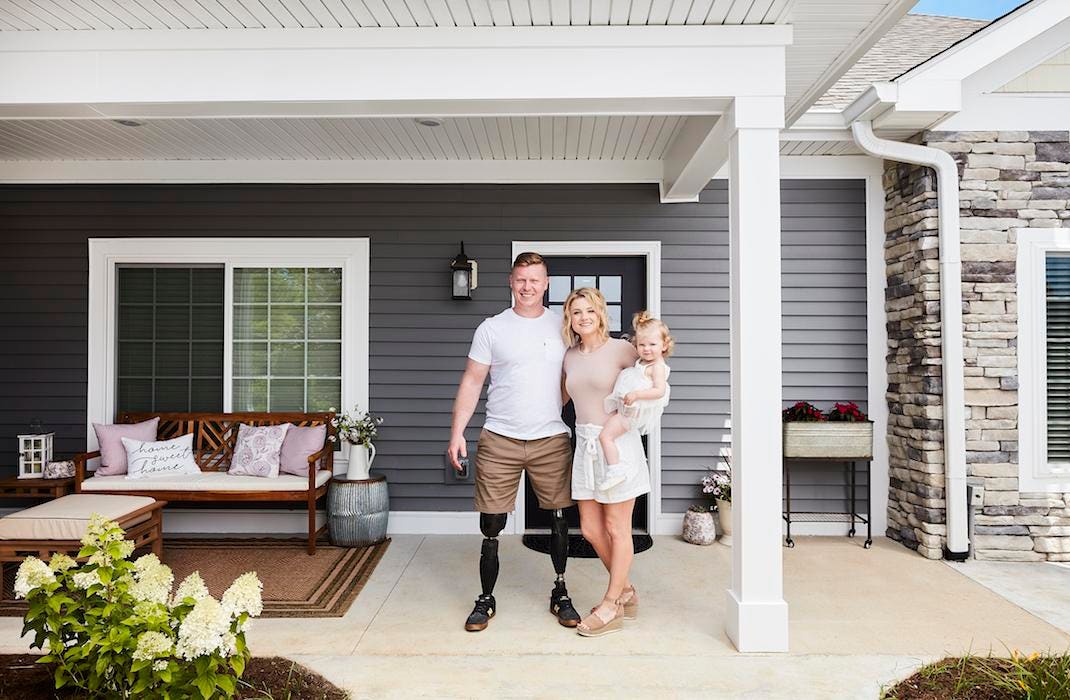Creating ADA-compliant floor plans is not just about following regulations; it’s about promoting inclusivity and accessibility for everyone. As homeowners, understanding the principles behind these designs can significantly enhance the quality of life for those with mobility challenges. Let’s explore how these plans can transform living spaces into more accommodating environments.

What Are ADA-Compliant Floor Plans?
ADA-compliant floor plans are designed to meet the standards set by the Americans with Disabilities Act (ADA). These standards ensure that buildings are accessible to individuals with disabilities. The goal is to create spaces where everyone can move freely and independently.
Key Features of ADA-Compliant Floor Plans
- Wide doorways and hallways to accommodate wheelchairs
- Ramps instead of stairs for easy access
- Bathroom facilities with grab bars and roll-in showers
- Accessible kitchen layouts with lower countertops and appliances
Importance of ADA Compliance in Home Design
Ensuring that your home has ADA-compliant floor plans is crucial for several reasons. It not only enhances accessibility but also increases the home’s value. Homes that are accessible are more attractive to a broader range of potential buyers.
Enhancing Safety and Independence
One of the primary benefits of ADA-compliant floor plans is the enhancement of safety and independence for individuals with disabilities. Features like grab bars in bathrooms and ramps provide ease of movement and reduce the risk of accidents.
Steps to Create ADA-Compliant Floor Plans
Assessing Current Home Layout
Before designing ADA-compliant floor plans, assess your current home layout. Identify areas that need adjustments to improve accessibility. This could include widening doorways or installing ramps.
Consulting with Accessibility Experts
Working with professionals who specialize in accessible design can provide valuable insights. They can help you create a floor plan that meets ADA standards and suits your specific needs.
Incorporating Universal Design Principles
Universal design principles focus on creating spaces that are usable by all people, regardless of their age or abilities. Incorporating these principles into your ADA-compliant floor plans can make your home more versatile and accommodating.
Common Challenges in Designing ADA-Compliant Homes
Designing ADA-compliant floor plans can present challenges. Space constraints, budget limitations, and aesthetic concerns are common issues. However, with careful planning and expert guidance, these challenges can be overcome.
Balancing Aesthetics and Functionality
Homeowners often worry that ADA-compliant floor plans might compromise the home’s aesthetic appeal. However, modern design solutions allow for both functionality and style, ensuring that your home remains beautiful and accessible.
Long-Term Benefits of ADA-Compliant Floor Plans
Investing in ADA-compliant floor plans can offer long-term benefits. Not only do they improve accessibility, but they also future-proof your home, making it adaptable to your changing needs over time.
Increased Home Value
Homes with ADA-compliant floor plans can attract a wider market, potentially increasing their resale value. As the demand for accessible homes grows, having an ADA-compliant home can be a significant advantage.
Conclusion
Designing ADA-compliant floor plans is a thoughtful approach to home design that prioritizes accessibility and inclusivity. By ensuring that your home meets these standards, you not only enhance its functionality but also create a welcoming environment for everyone. For more information on accessible design, visit United Spinal Association.

FAQ
What are the key features of ADA-compliant homes?
Key features include wide doorways, ramps, accessible bathrooms, and kitchens designed for easy use by individuals with disabilities.
How can homeowners implement ADA-compliant features?
Homeowners can start by assessing their current layout, consulting with experts, and incorporating universal design principles into their plans.
Are ADA-compliant homes more valuable?
Yes, ADA-compliant homes can be more valuable as they appeal to a broader market and meet the growing demand for accessible living spaces.
For related resources, consider exploring ADA-compliant home bars, irrigation systems, and wheelchair-accessible pool designs to enhance the accessibility of your home.
This article contains affiliate links. We may earn a commission at no extra cost to you.

